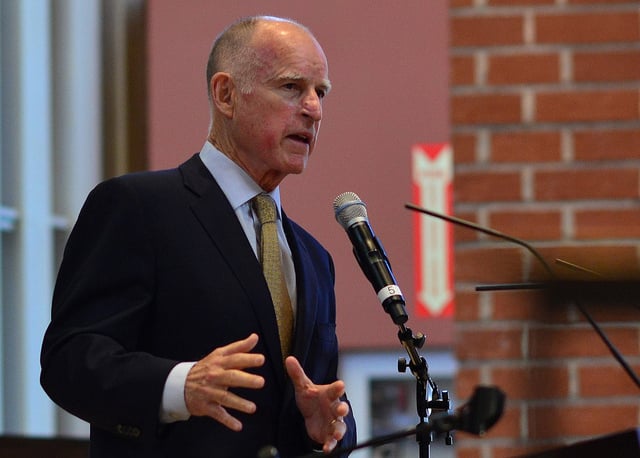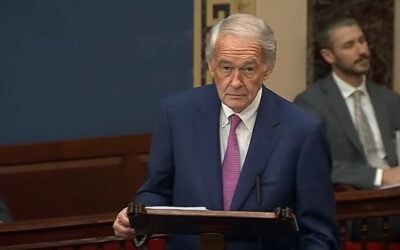
While it may seem like an obvious choice for US states to include energy storage into their Renewable Portfolio Standard (RPS) commitments, in reality, standalone targets and mandates for energy storage procurement have been preferred.
In a recent feature article for PV Tech Power, Todd Olinsky-Paul of the Clean Energy States Alliance discusses the role state-level legislators and politicians have to play in accelerating development of a market for energy storage.
Enjoy 12 months of exclusive analysis
- Regular insight and analysis of the industry’s biggest developments
- In-depth interviews with the industry’s leading figures
- Annual digital subscription to the PV Tech Power journal
- Discounts on Solar Media’s portfolio of events, in-person and virtual
Looking at factors such as utility procurement, grant programmes, possible incentive schemes and other initiatives, Olinsky-Paul looks at leaders such as California, which has had a 1.325GW utility energy storage procurement mandate (with an additional 500MW added last year) created in 2013.
In analysing the success of the mandate so far, Olinsky-Paul says that, among other things, California benefited from “co-ordination between state policymakers and regulators, and the single-state California Independent System Operator (CAISO, which operates the local transmission grid)” in establishing such an ambitious programme. Puerto Rico, Hawaii, Massachusetts and Nevada are also all held up as examples of policy-driven or policy-assisted early markets for energy storage.
“It may seem that an RPS would be the logical vehicle through which states could require utilities to procure storage,” Olinsky-Paul wrote.
“However, it is notable that only four states have an RPS that allows battery storage as an eligible resource; there are no existing RPSs with carve-outs or requirements for energy storage; and none of the recently announced state procurement targets are being developed within an existing state RPS”.
According to Olinsky-Paul, part of the reason for this omission may be political – once an RPS programme is reopened for any kind of amendment or auditing, opponents of renewable energy could take the opportunity to revise, weaken or revoke the state’s obligations.
Another reason is to do with the ongoing discussions on how energy storage should be defined as part of a grid-connected energy system. In other words, some renewable energy advocates might view energy storage, as non-generation energy equipment, should have less priority in terms of support than low carbon generation technologies like solar or wind.
Olinsky-Paul’s article argues that other states should watch and learn from the experiences of “early adopter” states and that it would be “prudent” to follow the learning curve of solar PV deployment over the past couple of decades, before closing with some more specific recommendations for stakeholders. The author also stresses that while the industry is moving at a fast pace, there is still time to include medium- and low-income communities in the conversation.
“Energy storage and its many benefits, should not be exclusively for utilities and wealthy corporations,” Olinsky-Paul writes.
You can read the full feature article: “Steps states can take to advance energy storage”, as a free download, here.
You can download the entire issue of PV Tech Power Vol. 12, Solar Media's quarterly tech journal for the downstream sector of the solar PV industry, including the dedicated Storage & Smart Power section, presented by Energy-Storage.News, here.






